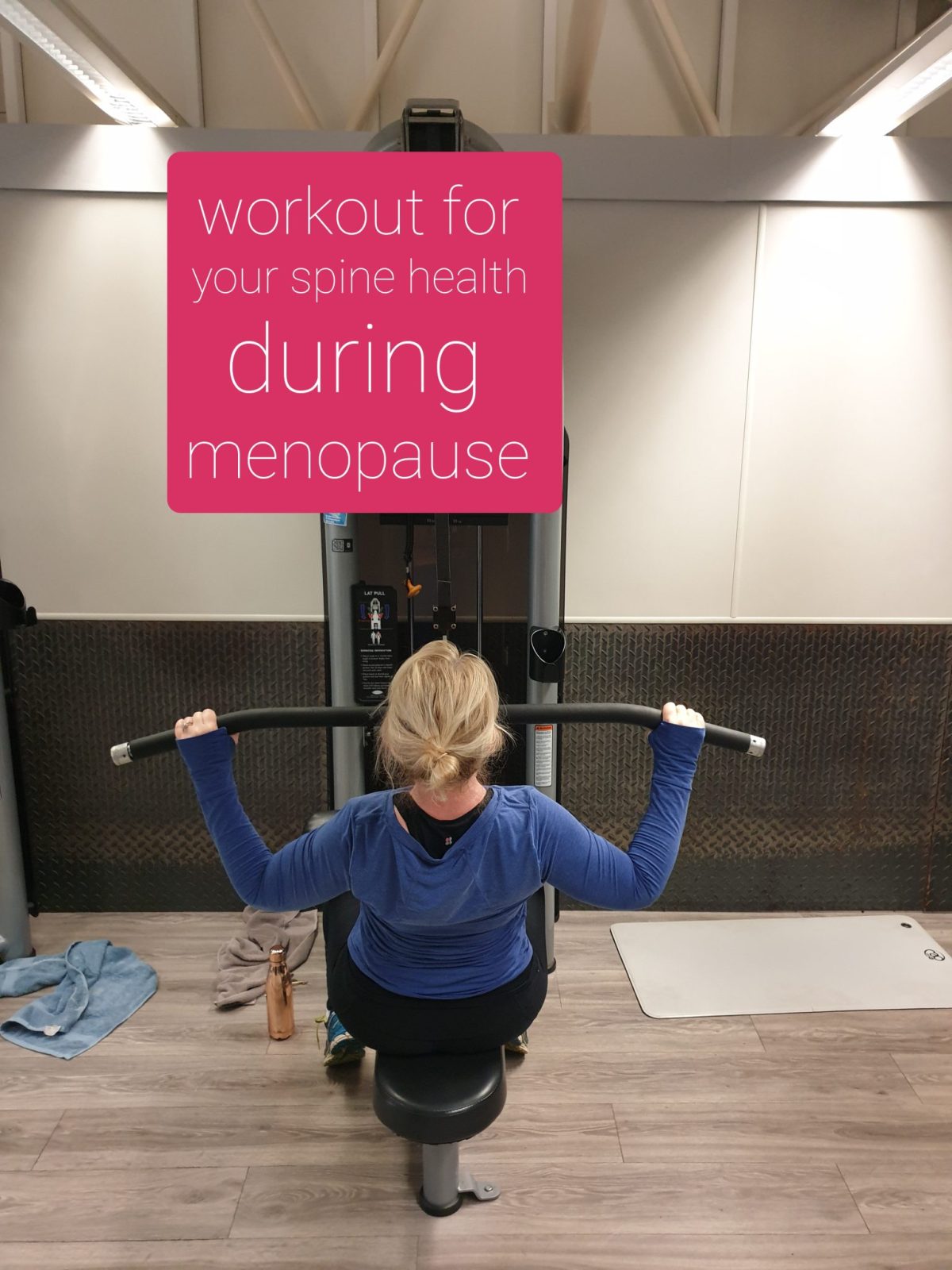💪 Strong, Stable & Sexy: Why Midlife Muscles Matter
By Jane Dowling – Fitness Professional, Meno & Me
Hello lovely ladies,
Welcome back to Meno & Me and to the second instalment of our Six Pillars of Health for Menopause series.
If you’ve been following along, you’ll know that we started with Nutrition & Metabolic Health — the foundation for fuelling your body for balance and energy. 
Now it’s time to move — literally — into one of my favourite topics: strength and movement.
The Myth of “Slowing Down”
Somewhere along the way, society decided that once we hit midlife, we should “take it easy.”
But here’s the truth:
As Oestrogen declines, we don’t need to slow down — we need to adapt.
Menopause is not a signal to stop training; it’s a call to train smarter.
Because here’s what’s happening inside our bodies:
-
We naturally lose muscle mass and bone density after 40.
-
Our metabolism begins to dip.
-
Balance, posture, and joint stability become more important than ever.
But the great news?
Every rep, walk, squat, and stretch helps you fight back against those changes — and thrive.
Why Strength Training is Your Secret Weapon
Strength training isn’t about bulking up.
It’s about becoming strong, stable, and confident in your body again.
Here’s what it does for you during menopause:
-
🦴 Builds Bone Density: Reduces risk of osteoporosis
-
🔥 Boosts Metabolism: Muscle burns more energy at rest
-
❤️ Balances Hormones: Exercise helps regulate cortisol and insulin
-
🧠 Improves Mood: Releases endorphins and lifts brain fog
-
💪 Protects Joints: Strong muscles support ligaments and tendons
I’ve worked with countless women who thought lifting weights wasn’t for them — until they discovered the transformation that happens not just in their body, but in their mindset.
Bodyweight Training: Your Starting Point for Strength
If you’re new to exercise or haven’t trained in a while, start with the one piece of equipment you always have: your own body.
Bodyweight exercises are powerful — they build strength, improve coordination, and teach you how to move well before adding any external load.
They’re also joint-friendly and adaptable, which makes them perfect for menopause and beyond.
💥 Bodyweight moves to master:
-
Squats or sit-to-stands (for legs & glutes)
-
Modified press-ups (for upper body & core)
-
Planks and side planks (for stability)
-
Glute bridges (for hips and lower back)
-
Wall sits or step-ups (for balance and endurance)
- However ALL above WILL help with weight managementremember a healthier, stronger muscle helps burn fat at rest.
💬 Jane’s tip: If you can move your own body with confidence, adding resistance later becomes easy — and far safer.
Start where you are, and build gradually. Your body is an amazing tool — use it, challenge it, and celebrate what it can do.
Movement That Matters: Finding Your Strength Routine
Let’s simplify it.
You don’t need a gym, fancy kit, or hours each day. What you do need is consistency and variety.
Here’s a balanced midlife movement mix:
| Type | Example | Frequency |
|---|---|---|
| Bodyweight & Resistance Training | Squats, press-ups, resistance bands, dumbbells | 2–3x per week |
| Cardiovascular Exercise | Brisk walking, cycling, swimming, dancing | 2–3x per week |
| Mobility & Balance | Yoga, Pilates, tai chi, functional stretching | Daily, even 5–10 mins |
| Recovery & Rest | Sleep, hydration, gentle walks | As needed |
💬 Jane’s tip: You don’t need perfection — you need momentum.
A 20-minute session done regularly beats a 90-minute one you dread.
How to Start (and Actually Stick With It)
-
Schedule it like an appointment.
You wouldn’t skip the dentist — treat your strength sessions the same way. -
Start light, move well.
Focus on form over load. Once you’ve mastered movement, you can build intensity. -
Track your wins.
Instead of chasing a number on the scale, track energy, sleep, strength, and confidence. -
Mix it up.
Variety keeps the body adapting — and the mind engaged. -
Make it joyful.
Dance, walk with friends, lift to your favourite playlist. Movement should celebrate what your body can do, not punish it.
The Confidence Connection
Here’s the bit I love most:
Strength training doesn’t just reshape your body — it redefines how you see yourself.
When you lift your own body weight, when you hold a plank for a few seconds longer, or climb stairs with ease again — something shifts inside.
That strength ripples through every part of life.
And that, my lovely ladies, is menopause power.
Your Takeaway This Week
👉 Choose one way to move more this week:
-
Do a 15-minute bodyweight workout at home
-
Add a daily walk
-
Try a new class
-
Stretch before bed
Whatever you do, start — and start with kindness to yourself.
Remember, this isn’t about shrinking your body. It’s about expanding your strength — in every sense.
Coming Next: “Rest to Reset – Reclaiming Sleep in Menopause”
Next time, we’ll slow things down and dive into why rest and recovery are your hidden superpowers — for hormones, energy, and mood.
Until then, move with purpose, lift with pride, and keep shining strong.
With love,
Jane x
#MenoAndMe


